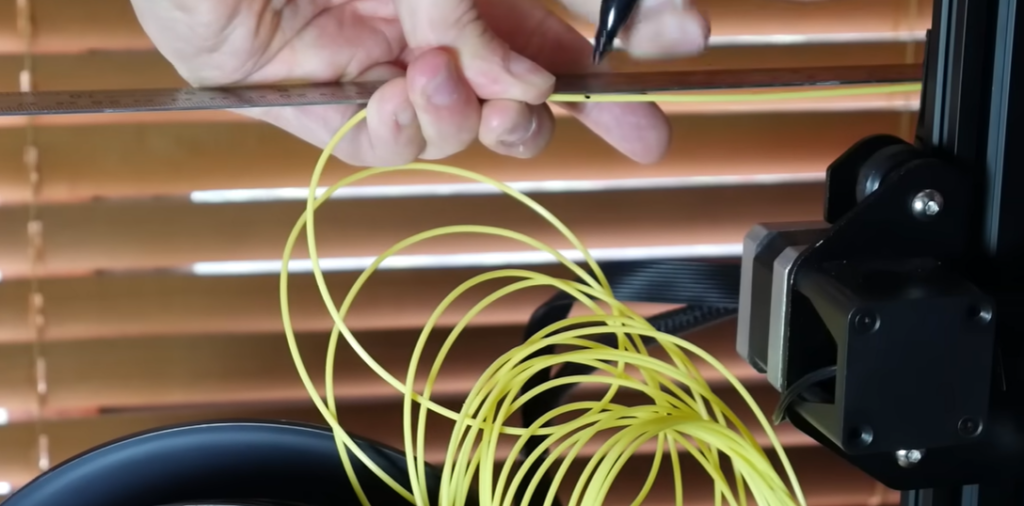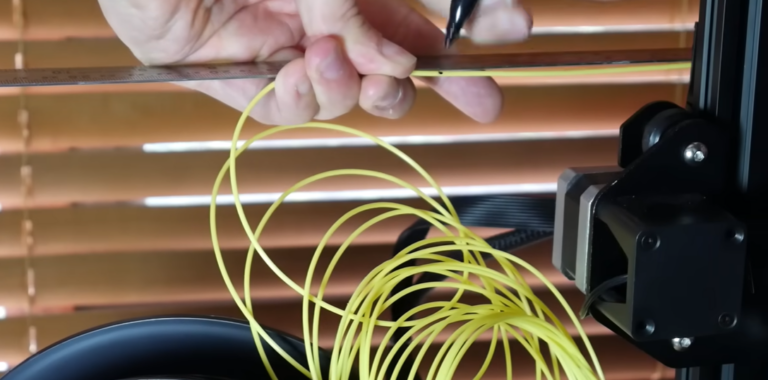Key Details About Teaching Tech 3D Printer Calibration
| Detail | Information |
|---|---|
| Project Name | Teaching Tech 3D Printer Calibration Tool |
| Creator | Teaching Tech (YouTube channel and GitHub site) |
| Official Site | https://teachingtechyt.github.io/calibration.html |
| Focus Area | Step-by-step calibration tools for 3D printers |
| Features Included | PID tuning, flow rate, E-steps, retraction, temperature, acceleration, etc. |
| Compatibility | Works with Marlin, Klipper, and many firmware types |
| Custom G-code Support | Yes, auto-generates custom gcode from user input |
| Ease of Use | Beginner-friendly, browser-based, no downloads required |
| Common Use Cases | Print quality improvement, tuning, hardware troubleshooting |
| Popularity | Over 500,000 YouTube followers and widely referenced on Reddit |

Teaching Tech has gradually established itself as a reliable brand in 3D printing in recent years—not by using gaudy goods or tricks, but by providing incredibly clear instructions for individuals looking for prints of higher quality. His calibration website is notable not only for its technical dependability but also for the way it simplifies an infamously difficult procedure into a methodical and nearly fulfilling routine. This guide is your personal conductor; imagine it as tuning a musical instrument, where each setting contributes to perfect harmony.
The platform’s purposeful simplicity is its strongest point. After visiting the calibration site and completing a simplified form, you create a customized G-code file that tests a particular feature of your printer. This covers important functions like temperature fluctuation, stepper motor current, retraction, and flow rate. The result? The ideal setting is visually revealed by a printed tower or shape—no guesswork, no needless complexity.
The platform feels extremely effective without ever feeling overbearing because it only concentrates on the most important things. For example, people who have trouble with inconsistent extrusion will find the flow rate calibration especially helpful. After printing and measuring a wall thickness test, users enter the results into the calculator. A refined flow multiplier is then suggested by the software; this process, which previously required hours of trial and error, is now completed in ten minutes with noticeably better results.
The need for trustworthy tutorials increased during the pandemic when makers and hobbyists unexpectedly had more time and interest in building at home. Many new users started using the calibration tool in conjunction with Teaching Tech’s videos. Not only did it lower the learning curve, but it also greatly decreased frustration, enabling users to create prints that are stronger and cleaner.
Additionally, his guide provides a PID autotune sequence that stabilizes hotend temperatures with remarkable effectiveness. This step alone has saved countless projects because temperature fluctuations can destroy intricate prints. Every G-code script is customized to produce exact testing conditions, such as running several retraction speeds up a tower’s height, which enables a visually stunning comparison and simple parameter selection.
The platform does not aim to be all-inclusive. It is especially innovative because of that restraint. Teaching Tech carefully restricts features to maintain accessibility and clarity rather than cramming in every little tweak. A function that increases usability by 1% but confuses 40% won’t be included, he writes. For the largest possible audience, this focus has produced an incredibly effective experience.
It has been particularly useful in educational settings. The calibration steps have been incorporated into the curriculum by STEM teachers. Through practical experimentation and real-time feedback, students learn more than just how to operate a printer; they also gain knowledge of extrusion, thermodynamics, and digital fabrication. In this way, the platform is a learning engine rather than just a utility.
The Teaching Tech site has become extremely versatile through a visually driven testing approach and strategic simplicity. Although it relies on Simplify3D for slicing, the G-code can be modified for other slicers as well. It is compatible with both an Ender 3 and a specially designed CoreXY machine. The generated G-code’s ability to support a broad variety of nozzles, speeds, and firmware commands while preserving control over layer behavior and extrusion patterns is especially remarkable.
In maker culture, where time is just as valuable as materials, this type of calibration system is incredibly useful and long-lasting. In addition to wasting plastic, unsuccessful prints sap motivation. The Teaching Tech approach positions users for success early on, preventing that gradual decline in motivation.
Anecdotally, a lot of users say that after following the guide, they were able to regain control and confidence after starting with sloppy, warped prints and a sense of helplessness. These are emotional landmarks as well as performance improvements. They transform inexperienced users into self-assured builders and encourage them to take on more challenging projects.
The platform has remained surprisingly affordable—free, actually—while keeping up with user expectations by utilizing post-processing scripts and browser-generated custom files. This degree of accessibility democratizes 3D printing accuracy. It removes obstacles for curious hobbyists, small business owners, and students alike.
Additionally, tools like Teaching Tech’s calibration suite become more and more relevant as influencers like CNC Kitchen, Josef Průša of Prusa, and even Elon Musk talk more about the value of local manufacturing and decentralized fabrication. They are infrastructural as well as instructional.
Accurate 3D printing is more important than ever in the modern era due to the growth of wearable technology, robotics, and AI-designed components. Users are significantly improving their chances of success by incorporating calibration into the very beginning stages of a project. The procedure seems more like engineering than tinkering.
The platform’s version two has added new test types and enhanced compatibility checks since its most recent update. Because of these improvements, the tool now generates results much more quickly and is simpler to use with a greater variety of firmware configurations. Furthermore, anyone who values predictability in their fabrication pipeline will be profoundly impacted by the changes, even though they may appear minor at first.
